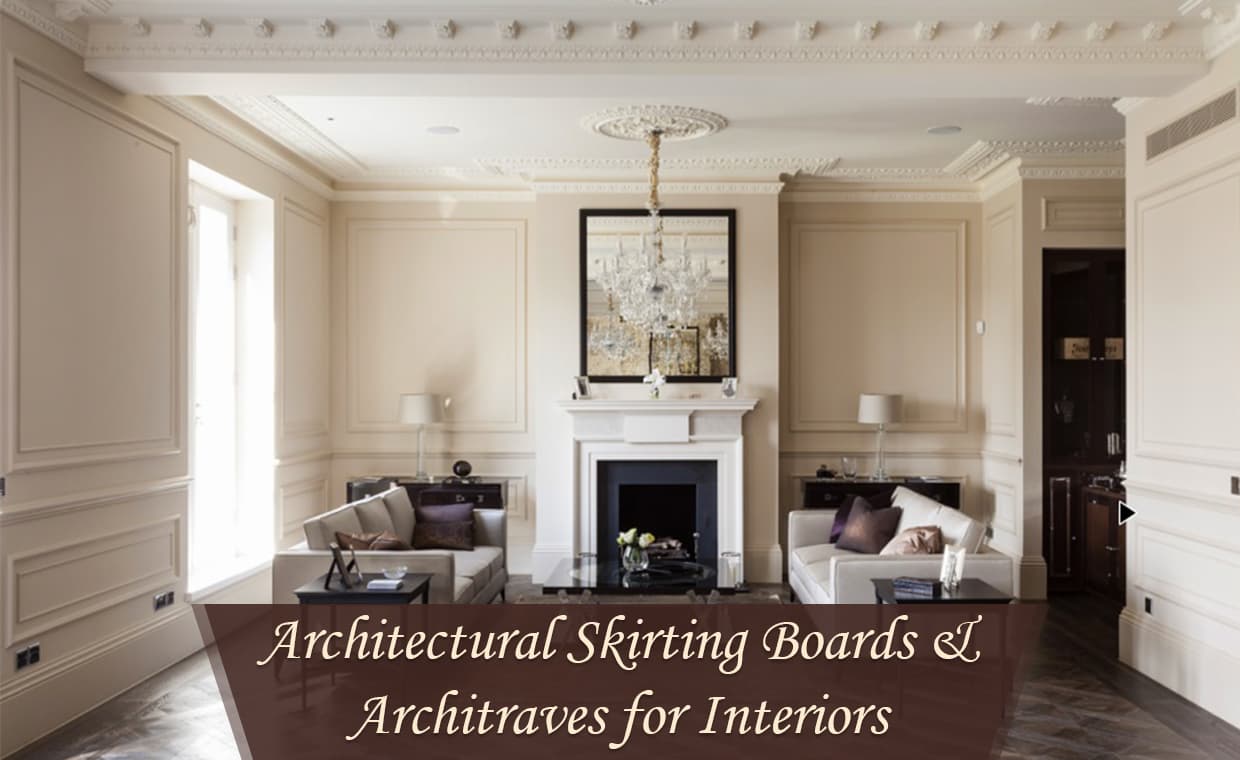
Whether you love the simplest of designs or the grandeur of a room with statement features, your skirting boards and architraves have the power of unlocking the beauty of your home interiors.
Mouldings and panelling are having a moment of glory when it comes to the latest interior design trends. New builds and residential homes nowadays focus on streamlined looks and functionality above all, and yet to many people, they look a bit too cold -and not as welcoming!
The great news? You can simply focus on choosing skirting boards, architrave profiles, and other staple mouldings to bring back the warmth, texture and coziness of your home.
Tips & Tricks to give Homes a Magical Touch with Mouldings
In this guide, you’ll find 5 tips and tricks to add an extra dash of magic to your home by simply being mindful of your mouldings.
01. Painting Skirting Boards and Architraves
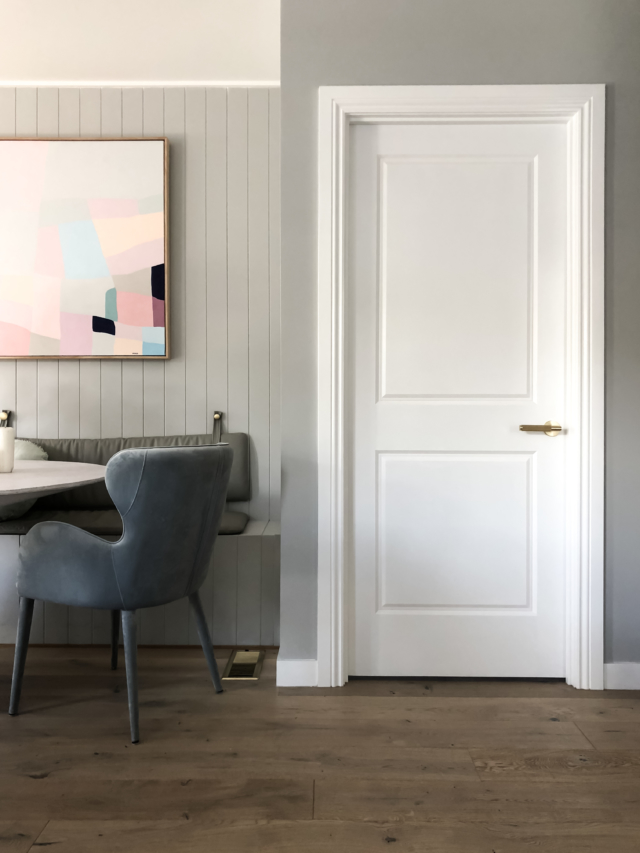
Thinking of what colour you should paint the mouldings around your house is fun! The main element to decide here is the colour scheme of your home and how it will help your interiors flow with ease, in total harmony…
Remember that you are looking to improve the ambience of your rooms by adding textures and patterns. Say you’ve chosen to paint different areas of your home in entirely distinct colours. Then, going for the same uniform tone for mouldings will result in a cohesive look. Visually, this will provide a pleasing and soothing effect of unity.
For a fresh, simple look in homes where white walls dominate, play around adding a glossy finish to skirting and architraves -or even go for a lighter tone of white.
Feel like braving your home decor? Then popping, contrasting colours on your mouldings will be the easiest way to create focal points around your interiors. Think of these as a line wrapping your house. Human brains love order and symmetry, so this line would frame all your other design endeavours and again, make them look cohesive!
In conclusion, map out the colour scheme that fits your taste and plan your mouldings around it.
02. Adding Textures and Patterns for Mouldings
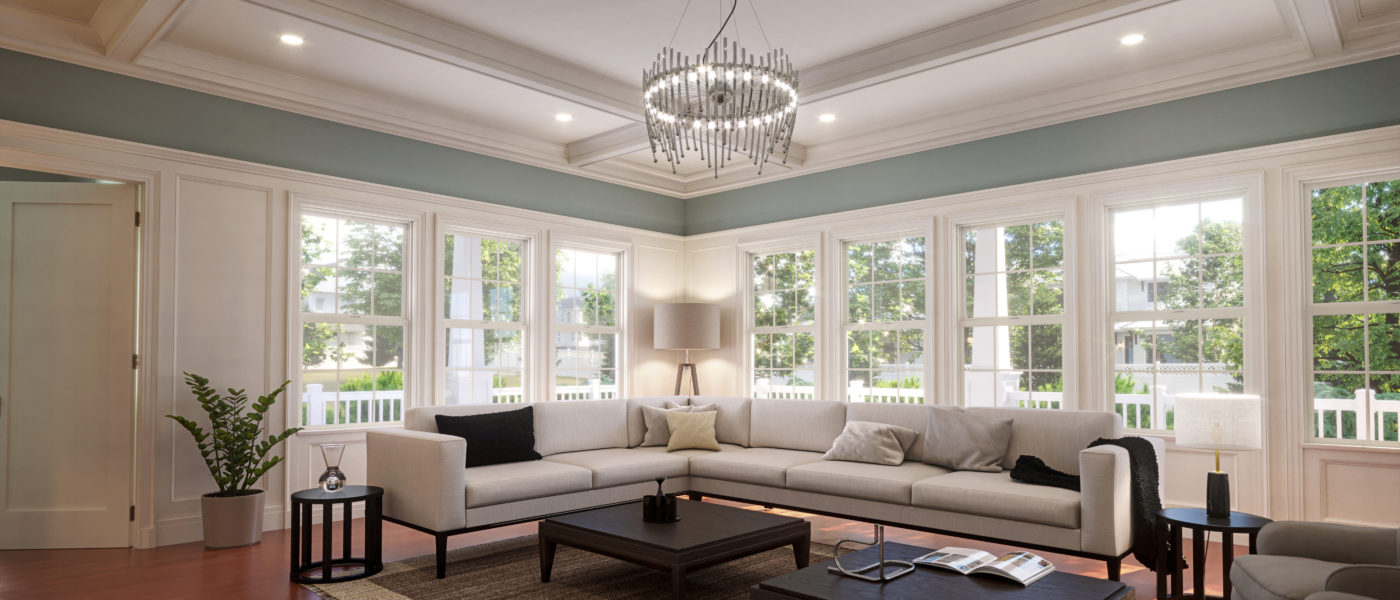
It’s possible that, up until now, choosing mouldings wasn’t more than a chore. Something you know you need but didn’t think of it as a game-changer. Still, the profile you select will have an impact -or lack of- in the overall look of your rooms.
Using furniture, rugs, pendant lights, and high-quality materials are all different ways to create beautiful layers and distinctive spaces. The problem is, too much of these may result in interiors with a lot going on and a lack of practicality -if there’s not a wholly planned design outline.
Adding patterned mouldings to your walls, doors, and around your windows will give volume and a sense of design, without taking up any traffic and living space.
This is such a practical and cost-effective way to create bespoke interiors, you won’t believe you never paid attention to it!
Patterns and textures might sound kind of same, but they differ from each other. Here’s to know their difference:
03. Choosing the Size of Skirting Boards and Architraves
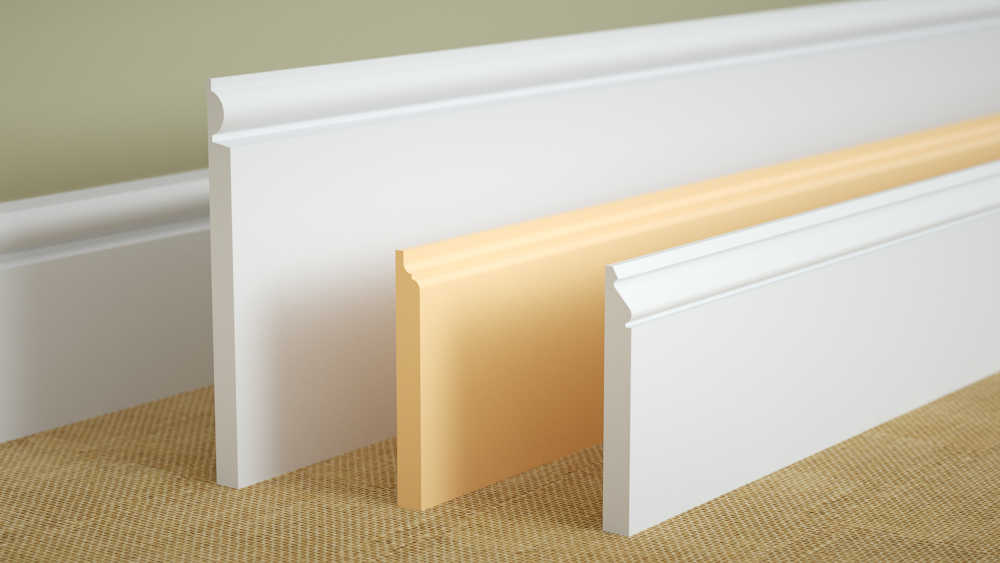
Figuring out the right size for your mouldings can be a bit of a headache. Naturally, this also is one of the most frequently asked questions.
You don’t want to choose an architrave profile that makes a big space look flat, but you may also not want to install tall skirting and make a small room look tiny.
So for tip nr 3, it’s time to let go of misconceptions and focus again on the main goal: to unlock your home interiors through the use of mouldings.
In reality, it will all come down to the concept of each space you are re-decorating. The size and distribution of your windows, type of flooring, colour scheme, and the use of the room…they will all lead the way into picking perfectly sized-mouldings. All this to say, there are no hard-and-fast requirements here!
Traditionally though, you’d first want to know the height of your ceiling and get a skirting board that’s roughly 7% of it. Again! Take this as a grain of salt as it will all come down to the effect and ambience you want to create.
When it comes to standard sizes, skirting boards range from 90 mm to 230 mm or even 250 mm in height, whereas architraves tend to be a bit narrower -from 44 mm to over 144 mm.
Another common question is if architraves and skirting boards should match. The easy answer is…yes! If not on profile, at least on their thickness as, otherwise, they won’t align.
To ensure a smooth transition between these mouldings -or to conceal fitting issues- you could use a plinth or skirting block. This is simply a square or rectangular piece of trim that sits on the juncture of architraves and skirting to ensure a polished, elegant finishing.
04. Panels and Other Types of Mouldings
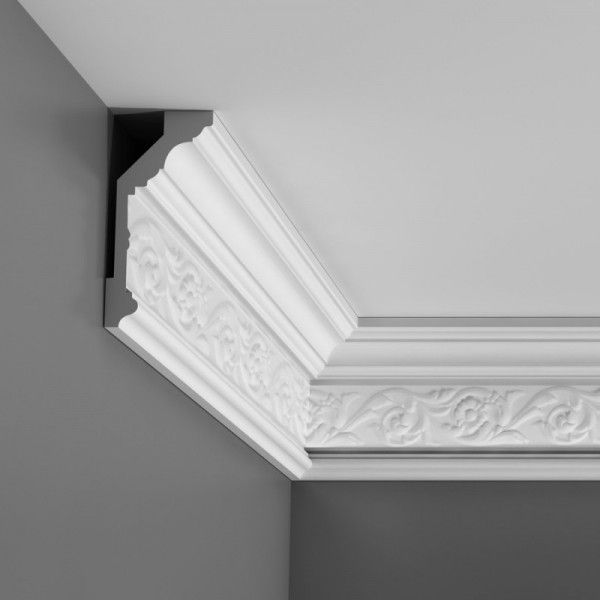
Even though skirting boards, architraves and window sills are amongst the most widely used pieces of moulding, they are not the only ones!
Cornices or crown mouldings are the ones fixed between your walls and ceilings. Chair rails protect your walls from chairs but are also a highly decorative feature -just as dado and picture rails.
Wall Panelling is as well a beautiful way to add layers and warmth to any interior. These can complement the lower section of a wall -installed below a chair rail- or can frame a room in full.

A growing trend nowadays is to add panelling to the ceilings! Unleash your imagination and re-create your choice of Shabby Chic, Hamptons-inspired or Country Style.
Adding panels or any of these other varieties of mouldings is a cost-effective way to increase the value of your property. They look stylish and really help create ambience and charm.
Wall panelling for a home is majorly for a better décor. To know about various types of wall paneling, read here:
05. Creating Your Home Decor Vision Board – and Final Tips
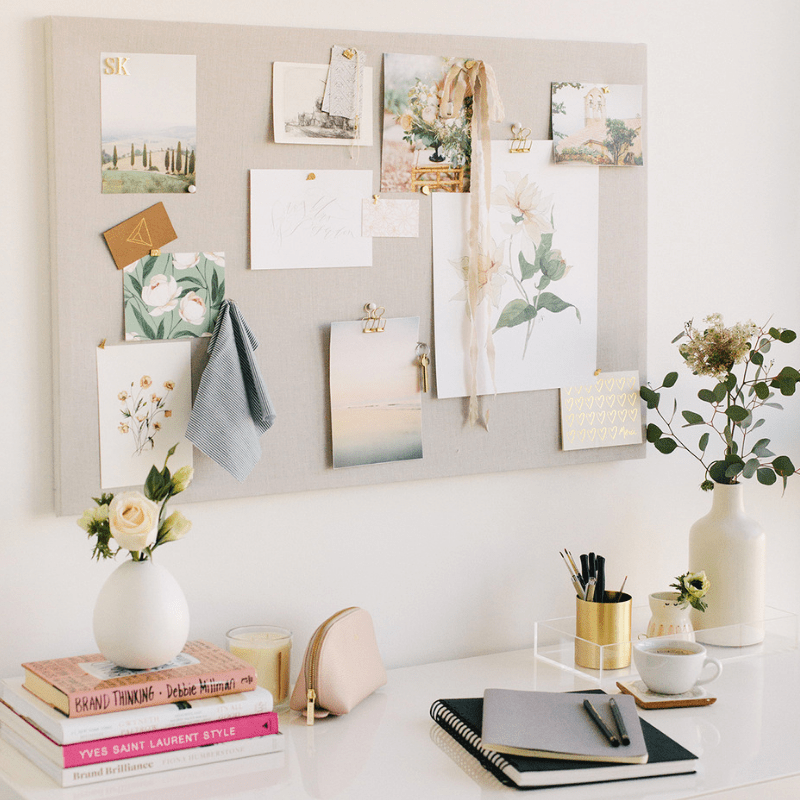
If you didn’t have a vision board before, your next home reno may be the chance to create one! This time, however, architraves and skirting boards will be central features in it.
- Let your decor instincts flow free, but know there’s no need to go overboard on expenses! These are easy, fun, and practical ways to liven up any space -as you’ve seen in this article.
- Imagine the ambience you wish to create and how it will all come together. Keep in mind traffic around the house, activities, and what are the main areas you wish to improve.
- Think of how your house would look during night time. Complement your mouldings with your lighting scheme, and you’ll see you don’t really need much more to create the right mood.
- If in doubt, simply get small pieces of different profile styles. Torus, Ogee, Victorian and Chamfered Rounded are the most widely used. Try them out before making any major changes -you’ll be surprised with the results!
On a final note, home décor beautifies with addition of skirting boards and architraves. Moulding and paneling gives your home décor a great beautification with simplicity. It gives volume to your space with a sense of design in it.
Image Courtesy: Image 1, Image 2, Image 3, Image 4, Image 5, Image 6, Image 7
































